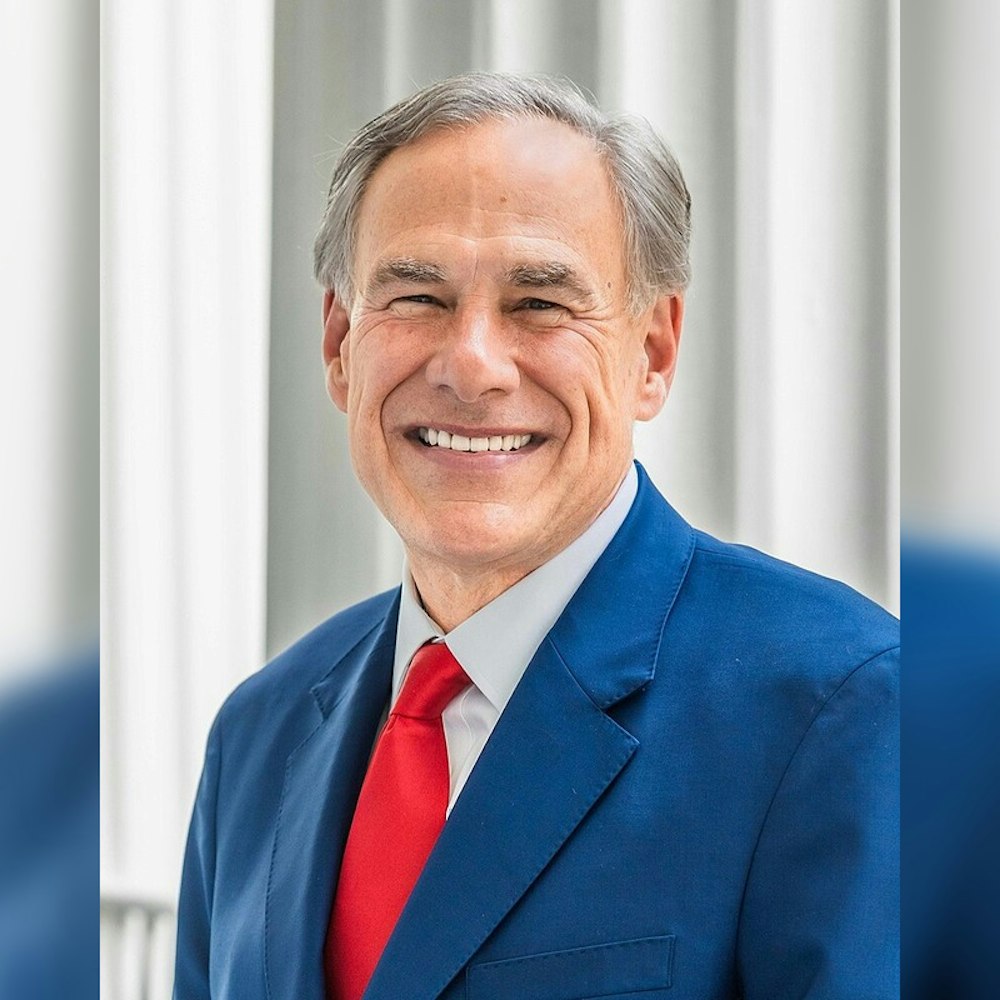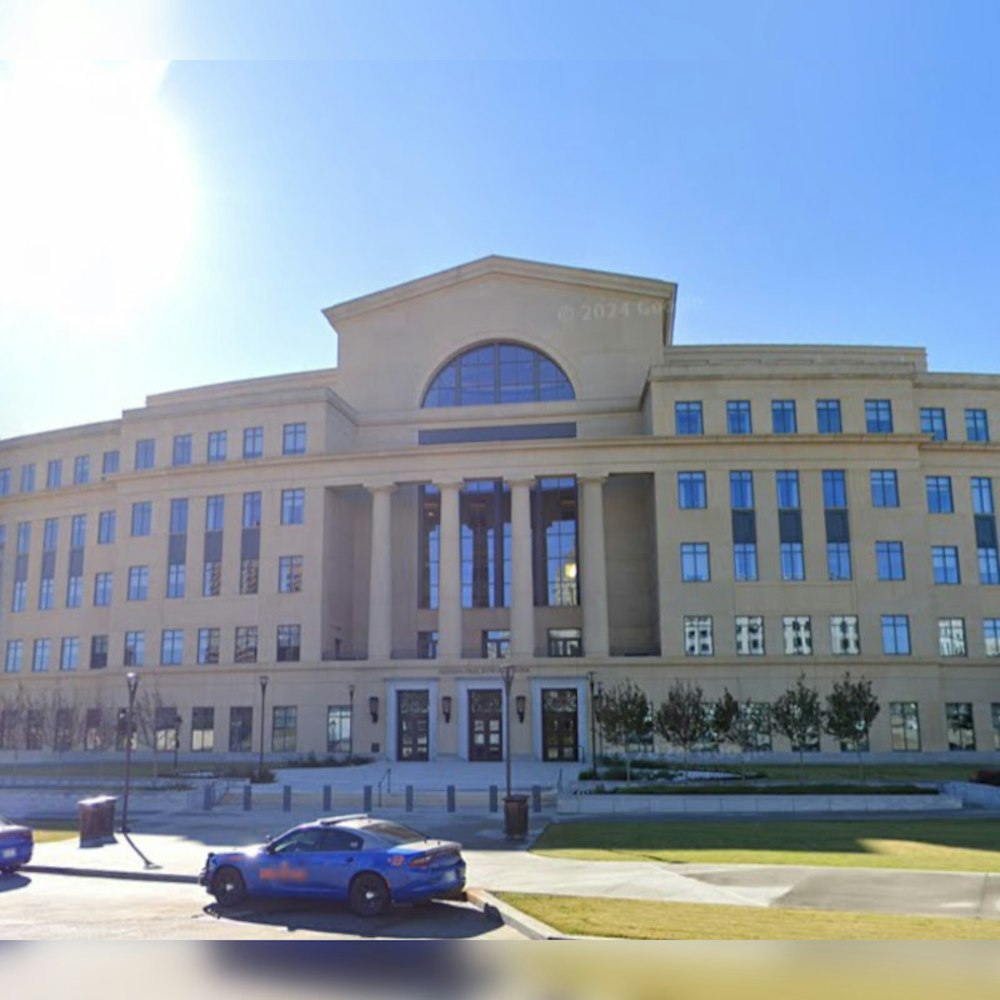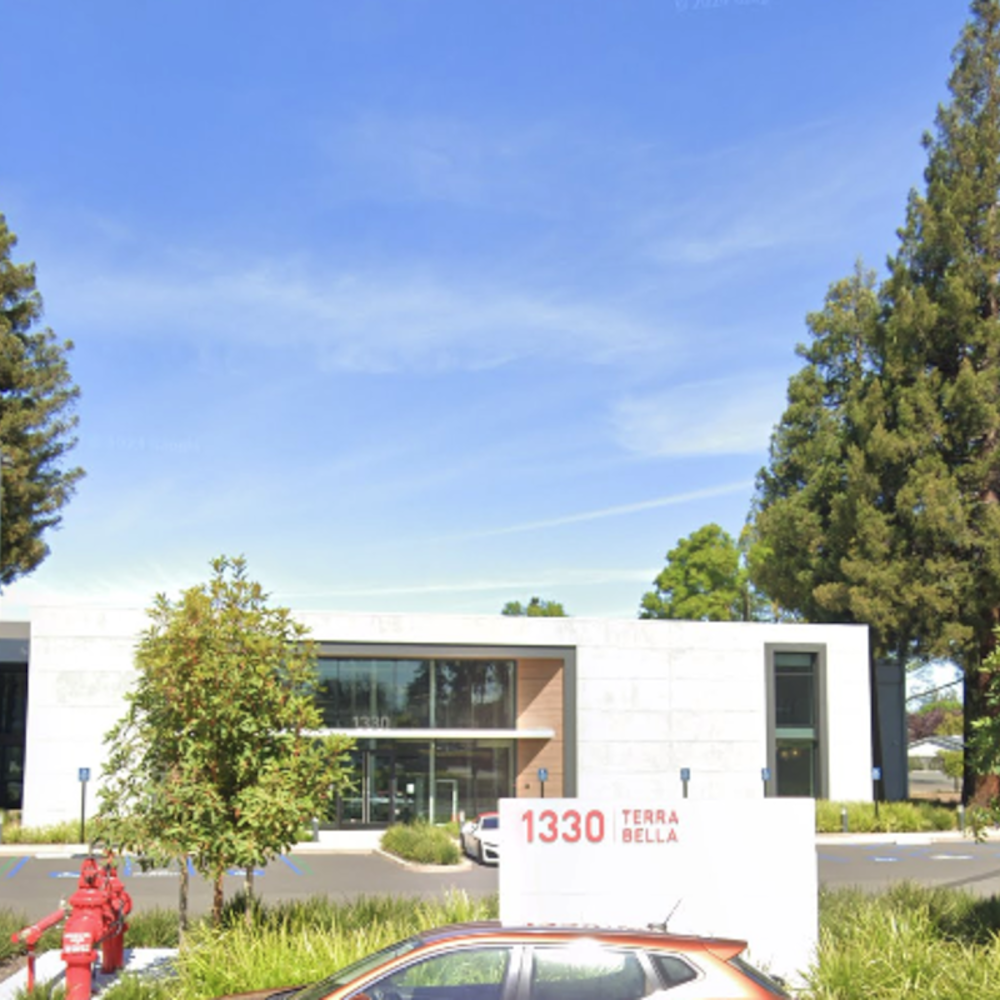
Austin's empty offices are staying empty, with no easy switch to housing in sight. Despite a persistent 20 percent vacancy rate in office spaces, economic and structural hurdles keep the concept of conversion to residential property largely a pipe dream. Brad Stein, president of Intracorp Texas, after scouting transformations in other cities, concluded such a shift isn't viable in Austin without vacancies skyrocketing. "It's easy to throw the idea out, to say, oh, we should just do office conversions to residential," Stein told Austin Monitor. "I wanted to see: Is this something that we could do in Austin?"
The logistics involved are daunting. Real estate experts cite a need for structures to be several decades old and ripe for renovation. Furthermore, they emphasize, that only buildings with smaller floor plates can be realistically adapted for residential living. High office vacancies, able to push owners into disposing of distressed assets, are key. "Unless an owner is several years or even decades into owning a building that is only half full, Stein said it’s unlikely that the time and cost of a conversion would be in any way attractive," Stein explained to the Austin Monitor.
Current office vacancies in the Austin area hover around 20 percent. The Domain sports the lowest area vacancy rate at 11 percent, a stark difference from the central business district. "The biggest obstacle to putting beds in place of desks and work stations comes from the far different space needs for the two uses," said Brandon Townsend, project director for Page Architects, pointing to the intricacies of adapting centrally located bathroom banks and HVAC systems.
Financially, the math doesn't add up either—with high-interest rates exacerbating conversion costs. Tim Hendricks, from Cousins Properties, mentioned smaller-scale strategies like renovating for non-tech tenants to chip away at vacancies. "There’s been a few folks that worked on converting office to residential, vertical residential and high-rise residential, with some of that going on in New York City," Hendricks stated in the Austin Monitor interview.
Still, not all hope is lost for those with visions of cozier downtown dwellings. Hannah Rangel of the Downtown Austin Alliance sees promise for conversions in less prime locations. "We’re already making commercial-to-residential conversion, so even though I think we want to be sort of forceful in the conversation and say this isn’t a fit for downtown, that shouldn’t stifle the conversation because I think that those two Lego pieces do go together—sort of—in other submarkets in Austin," she told the Austin Monitor.









